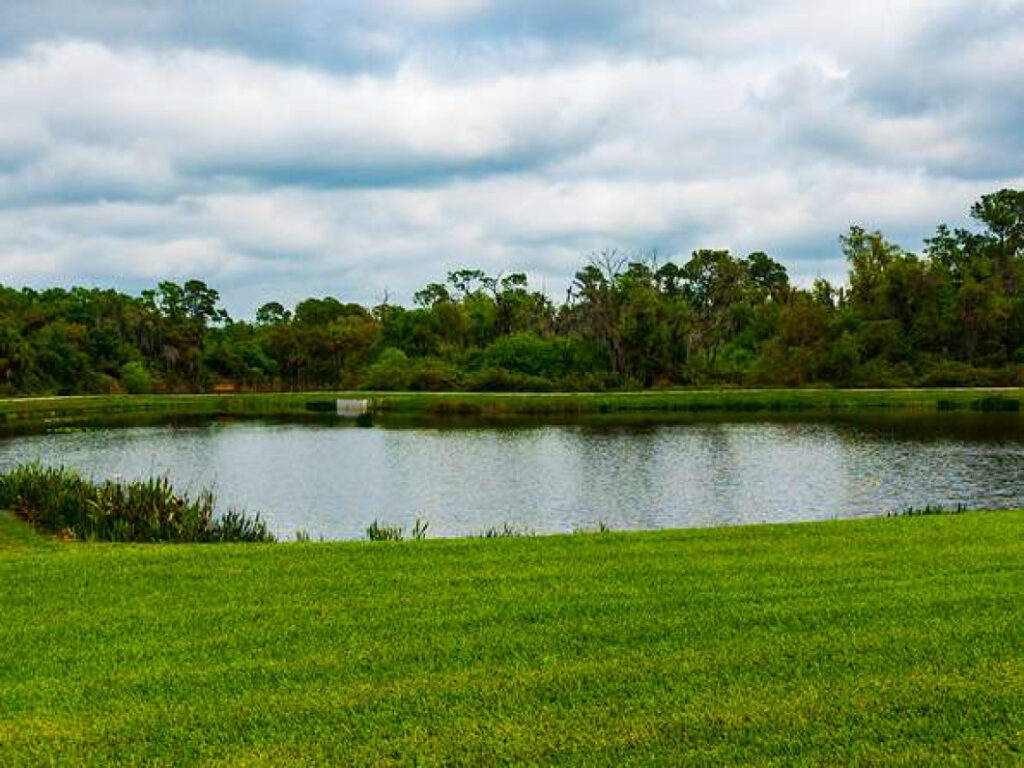
Water Conservation in Construction
Water is the most vital resource for sustaining life on Earth and has been abused by all. Minimizing water use by using conservative practices with technologies to save or store water and using water resources as sparingly as possible should be a requirement.
Green buildings are the future for sustainable development. Green/sustainable building refers to the practice of building sites which use less energy, water, minerals, etc. and recycled materials. The USA has a LEED (Leadership in Energy and Environmental Design) standard by which building development can be obtained by using their design requirements.
Ways to Conserve Water:

- Create Rain-Water Retention Ponds
The process of collecting natural rainwater or used grey water with a motive to reduce the exploitation of water and further treating and reusing the collected water. In case of household, water harvesting is mostly used in conjugation with dual pumping and grey water treatment. These mechanisms, reduces the sewer traffic and designing becomes economical. The stored water can be used whenever required and small scale construction during rainy season with proper precautions always proves economical and water efficient.
- Use Fly Ash instead of Cement in Concrete
Fly Ash can be used to replace cement in concrete mix up to appreciable extent. Use of Fly Ash proves to be an economical replacement and is environmentally friendly due to its Low Embodied Energy (LEE). Meaning much less energy is required for its overall processing. Concrete mix containing Fly ash requires less water.
- Using Water Meters & Efficient Plumbing Fixtures
Low flush toilets or High efficiency toilets, water-less urinals contribute to huge water savings. Modern taps and showers entrails air with the flow, reducing quantity of water flow. Monitoring the quantity usage of water, with a water meter, may result in higher average water savings and helps create awareness for water conservation. Water-efficient plumbing fixtures like ultra low-flow toilets and urinals, water-less urinals, low-flow and censored sinks, low-flow shower heads, and water-efficient dishwashers and washing machines can reduce the water consumption by 30% to 40%.
- Distribution System Audits, Leak Detection & Repair
Performance of a water distribution system audit is not limited to existing, aged buildings. Water system leaks can occur in new construction from improper installation of piping and fixtures or impacts to piping systems during the construction process. Therefore, during the design process it is essential to develop a water budget for the new building and include the water distribution system as part of the overall building process. If estimated water consumption is greater than 10% of the baseline water budget established during the design process, then a leak detection study may be warranted. Water system leaks that are not repaired immediately can damage building structures and small leaks can result in the loss of large quantities of water over time. Metering of individual facilities is a water saving measure that should be implemented.
- Water-Efficient Landscaping
With landscaping water usage accounting for 20% or more of water consumption, there are three major components to designing a water-efficient landscape for a new facility: 1) reduce the size of grass & irrigated areas 2) use water-efficient design of irrigation systems, and 3) specify native or climate appropriate landscape materials via Xeriscaping. Reducing grass size or removing grass will reduce water consumption and costs (mowing, fertilizing, waste removal, maintenance). Other landscape areas should utilize water-efficient irrigation systems like low-flow sprinkler heads, efficient system design/layout, and water schedules to minimize water use. Utilizing Xeroscape strategies whenever practicable will save on water, fertilizer, pruning, maintenance, labor, and overall costs.
- Water Reuse and Recycling
Using non-potable water to meet facility requirements will result in significant water & dollar savings from avoidance of potable water purchases and sewerage costs. The use of non-potable water resources is often more cost-effective if applicable end-uses are identified early in the building design process. These four strategies that can be used for utilizing reused or recycled water.
- On-site water reuse or recycling: reusing water from the same purpose at the same location and usually involves minimal treatment or filtration to make it acceptable for its intended reuse. An example includes rinse water that is filtered from car washing and laundry uses and then used in the next wash cycle.
- Reclaimed/treated water: this non-potable water resource is developed by treating used water to wastewater treatment standards and then redistributed for on-site use. Non-potable water meeting wastewater treatment standards can be used for end uses such as landscape irrigation, decorative fountains, cooling tower makeup water, toilet flushing, fire sprinkler systems, and other on-site industrial processes.
- Grey water: this resource is derived from water captured from uses such as showers, baths, sinks, and laundries and then filtered to remove solids. Grey water may be used to serve such end uses as landscape irrigation and toilet flushing.
- Water catchment systems: this resource includes non-potable water captured from rainwater sources or from rivers, lakes, ponds, and wells that have not been treated to meet potable standards. Rooftop rainwater collection systems are becoming increasingly popular, and the captured water can be stored in architecturally aesthetic cisterns. End uses that can be served by this resource include landscape irrigation, single pass cooling and toilet flushing.





